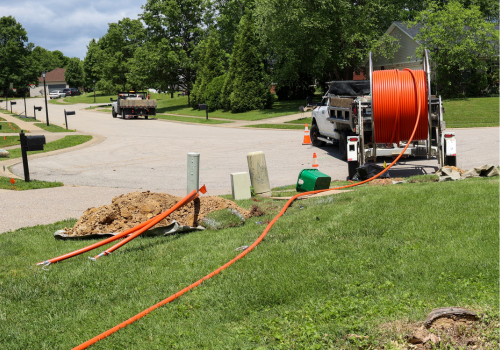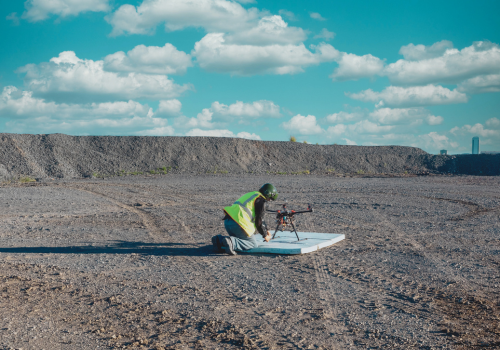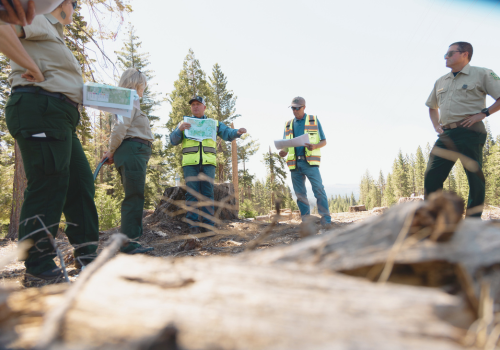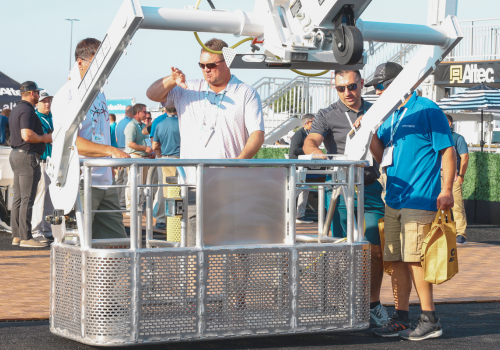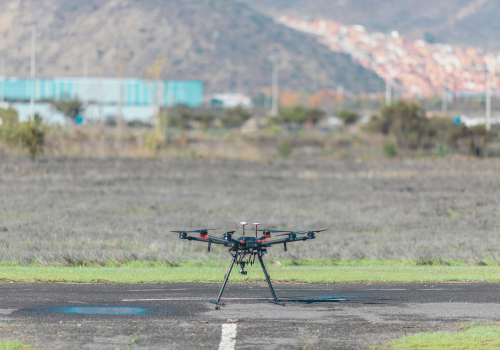Every day, line workers endanger themselves with respiratory ailments, among other complications. Aside from irritation and perpetual pain, line workers are prone to low blood pressure, bleeding, and vomiting.
However, it's possible to avoid the safety hazards when the contractor adheres to safety measures, such as proper clothing. Although there is no way to eliminate accidents, there are actions and tips to reduce them.
Check out the tips below to protect your line workers from common safety hazards.
1. Identifying job hazards
Start by conducting regular worksite inspections. Assess the type of equipment and any safety hazard that may be strenuous to eliminate. Interviewing the workers and managers is vital because it allows them to express their concerns. Besides, your workers' morale improves when you involve them in identifying hazards.
Next, create a hazard map by drawing an extensive outline of the worksite. Don't forget to draw existing and potential hazards. To solicit feedback, always involve your managers when creating a hazard map.
It's essential to inform others of the possible threats and reenergize the equipment on time. For instance, maintain all electrical installations and ensure workers wear well-rated footwear. Hire an electrician to fix damaged cables and other faulty appliances.
2. Using personal protective equipment
Protective equipment prevents unnecessary injuries in the workplace. In addition, PPEs reduce the spread of germs and infectious diseases. Your business will comply with regulatory requirements when workers use personal protective equipment.
Procure safety goggles and face shields to protect your workers from splashes and burns. The safety equipment must comply with eye protection standards. Also, lenses should have no deformity or cracks. Straps, on the other hand, should be in perfect condition.
To protect workers from respiratory illnesses, encourage using self-contained apparatus and gas masks. Before procuring the equipment, train your workers. Ensure that the equipment is up to protect workers against common hazards in the workplace by checking its instructions.
Headgears are also necessary for head protection. Hard hats and headgears shouldn't have any dents or deformities. Storing the headgears in extreme heat weakens the shell. Body protection gears are vital in protecting workers from toxic chemicals and extreme temperatures. The high visibility bib overalls should be heat resistant.
3. Properly using cover-up equipment
Cover-up equipment ensures line workers don't make contact with energized machines. Workers are prone to shocks and arc flash hazards when cover-up equipment isn't used. Cover-up equipment is used with a line hose to cover conductors, increasing protection against high voltage lines.
Ensure all line workers have the equipment to provide maximum protection from electrocution. With the right equipment, your workers will work productively and safely.
4. Protecting against currents in grounded systems
Don't assume that all grounded systems are safe. Remember that an electromagnetic field can create currents. Although it's rare, extreme conditions make grounded systems dangerous.
It's advisable to inspect all equipment before using them to avoid common hazards. Check if the equipment is working correctly. Train your workers and inform them of possible safety hazards and how to handle them.
5. Stay away from wires
Checking the electrical power lines in a workplace helps the line worker avoid contact with them. Let the worker know the exact location of the wires. The workers must be cautious when working near-invisible electrical cables.
6. Turn the power off
Turning the power off is vital, especially for workers working with electrical devices. Turn off the power from the source.
7. Label and store chemicals properly
Occupational Safety and Health Administration encourages business owners to keep chemical storage records. Proper labeling of chemicals prevents injuries and property loss. Avoid storing incompatible chemicals together as this can lead to fire or explosion.
In addition, your workers must understand Safety Data Sheets and how to use them.
8. Stop work to address hazards
Employees shouldn't work before safety hazards are addressed. Consider involving a supervisor or taking time to purchase the right equipment for the task. Ensure that you address work-related risks before they cause potentially fatal injuries.
9. Communicate hazards to all workers
Don't assume that your workers understand the safety hazards of a task. If you change or upgrade equipment in your workplace, consider informing the workers and training them on using the equipment. Inform the workers about moving machinery parts and any electrical problems.
10. Avoid working on live equipment
Electrical and mechanical sources in machines can be hazardous. Injuries and deaths are common when servicing machines and equipment in workplaces. That's why your workers should follow lockout and tag-out procedures.
Before maintenance, place a lock on the machine and a tag on the shut-off device. Follow all tag-out instructions before servicing the equipment. Wear rubber gloves and goggles if you have to work on live equipment.
11. Keep the workplace clean
Housekeeping is a must if you want to prevent injuries in the long run. Slips, sprains, and strains are common in disorganized areas. Before and after the working shift, workers should clean their working areas. Here are tips for maintaining a clean and organized workplace:
- Organizing drawers
- Cleaning the floor regularly
- Placing trash in all corners
12. Using the right tool for the job
Tools and equipment should only be used for intended purposes. Using the wrong tool in a task may cause injuries and also damage the tool. Using the right tool, however, guarantees the successful completion of the task. Employees complete their jobs efficiently and on time using the right tools.
Parting shot
Being a line worker comes with serious safety risks. It's essential to understand how different workplaces operate and proper protective measures. Line workers shouldn't start work without all crucial safeguards. On the other hand, employers must procure quality equipment to protect workers from accidents.
Subscribe to The Utility Expo monthly newsletter to receive more industry insights like this.
Read Next
The Top Utility Lighting Gear For Working In The Dark


